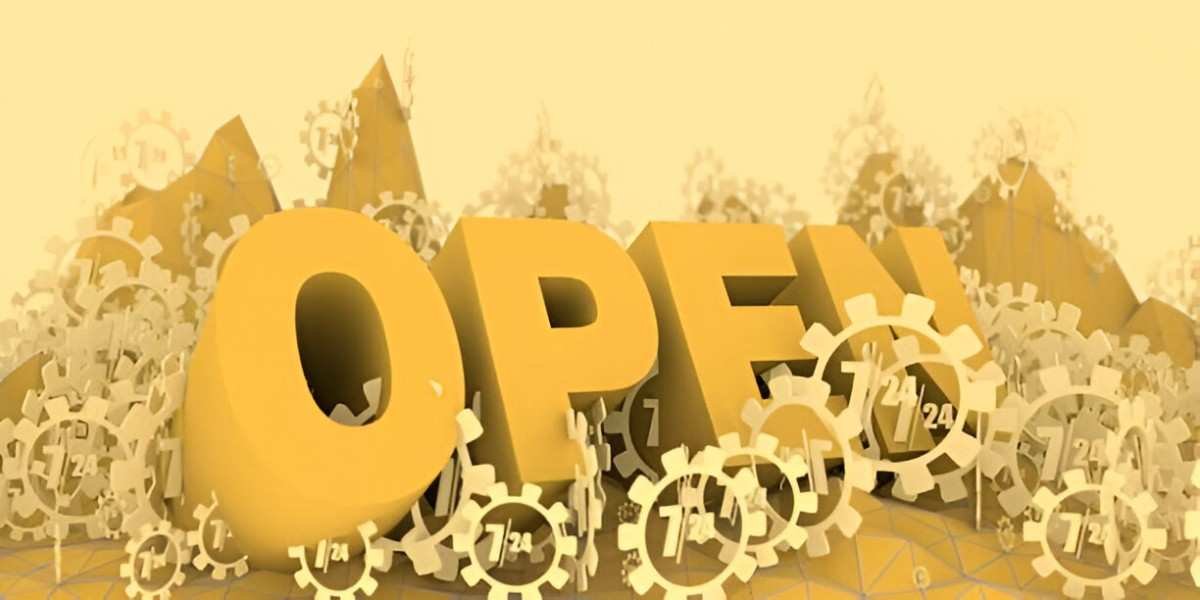As someone who has spent years studying monetary policy, I find open-market operations (OMOs) one of the most fascinating tools central banks use to steer economies. If you’ve ever wondered how the Federal Reserve influences interest rates or controls the money supply, you’re in the right place. This guide will break down OMOs in plain English, explain their mechanics, and show why they matter to everyday Americans.
Table of Contents
What Are Open-Market Operations?
Open-market operations refer to the buying and selling of government securities by a central bank—in this case, the Federal Reserve—to regulate the money supply and influence interest rates. When the Fed buys bonds, it injects money into the banking system. When it sells them, it pulls money out.
Why Does the Fed Use OMOs?
The Federal Reserve has a dual mandate: maximize employment and stabilize prices. To achieve this, it adjusts the availability of money in the economy. OMOs are its primary tool because they are precise, flexible, and reversible.
How Open-Market Operations Work
The Mechanics Behind OMOs
The Fed conducts OMOs through the Federal Open Market Committee (FOMC), which meets eight times a year to set monetary policy. The New York Fed’s trading desk executes these transactions.
Expansionary vs. Contractionary Policy
- Expansionary OMOs (Easy Money Policy): The Fed buys securities, increasing bank reserves and encouraging lending.
- Contractionary OMOs (Tight Money Policy): The Fed sells securities, reducing reserves and discouraging excessive lending.
The Role of Primary Dealers
The Fed doesn’t transact directly with the public. Instead, it works with primary dealers—large financial institutions like JPMorgan Chase and Goldman Sachs. These dealers bid on Treasury securities, and the Fed buys or sells based on its policy goals.
The Math Behind Open-Market Operations
Money Multiplier Effect
When the Fed injects money into the system, it doesn’t just stop at the initial deposit. Banks lend out a portion, which gets redeposited, creating a multiplier effect. The formula is:
Money\ Multiplier = \frac{1}{Reserve\ Requirement\ Ratio}For example, if the reserve requirement is 10%, the multiplier is 10. A $1 million purchase could theoretically increase the money supply by $10 million.
Impact on Interest Rates
The Fed influences the federal funds rate—the rate banks charge each other for overnight loans. By altering the supply of reserves, it nudges this rate up or down.
i = r^* + \pi^e + \alpha (Y - Y^*)Where:
- i = nominal interest rate
- r^* = real equilibrium interest rate
- \pi^e = expected inflation
- \alpha = policy sensitivity
- Y - Y^* = output gap
Real-World Examples of OMOs
The Great Recession (2008)
During the financial crisis, the Fed launched Quantitative Easing (QE), a large-scale OMO where it bought mortgage-backed securities and long-term Treasuries to lower long-term rates and stimulate borrowing.
COVID-19 Pandemic (2020)
The Fed again used OMOs aggressively, purchasing $2.3 trillion in securities to ensure liquidity and keep credit flowing.
Comparing OMOs to Other Monetary Tools
| Tool | How It Works | Pros | Cons |
|---|---|---|---|
| Open-Market Operations | Buying/selling government securities | Precise, flexible, reversible | Requires deep financial markets |
| Discount Rate | Lending directly to banks | Quick liquidity injection | Stigma, less frequently used |
| Reserve Requirements | Mandating bank reserve levels | Direct control over money supply | Inflexible, rarely adjusted |
Criticisms and Limitations
Effectiveness in a Low-Interest Environment
When rates are near zero (the zero lower bound), traditional OMOs lose potency. That’s why the Fed turned to QE.
Uneven Distributional Effects
Some argue OMOs disproportionately benefit Wall Street over Main Street by inflating asset prices.
Why This Matters to You
Impact on Loans and Mortgages
When the Fed lowers rates via OMOs, mortgages and car loans become cheaper. Conversely, higher rates mean costlier borrowing.
Effect on Savings and Investments
Low rates hurt savers but boost stock and bond prices. Understanding OMOs helps you anticipate these shifts.
Final Thoughts
Open-market operations are a cornerstone of modern monetary policy. While they may seem abstract, their effects ripple through every part of the economy—from the interest on your savings account to the stability of your job. By grasping how they work, you gain insight into the Fed’s decisions and how they shape your financial future.





